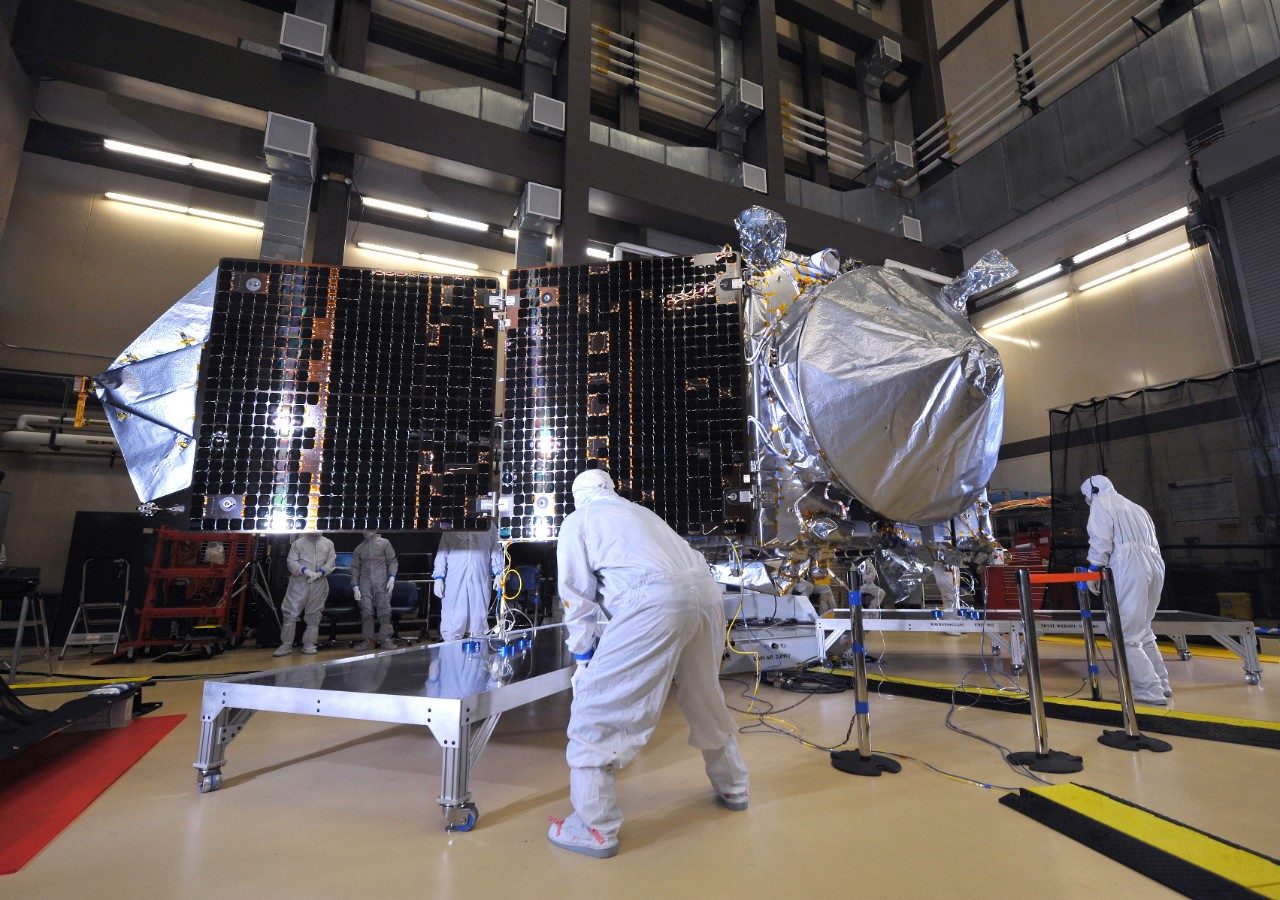The Mars Atmosphere and Volatile EvolutioN (MAVEN) mission will be the first spacecraft mission dedicated to surveying the upper atmosphere of Mars. MAVEN is a robotic exploration mission to understand the role that loss of atmospheric gas to space played in changing the Martian climate over time. This will help determine when and for how long liquid water could have been stable on the surface, which has implications in answering the question about whether Mars could have ever harbored life.
The principal investigator for this mission is based at the University of Colorado at Boulder's Laboratory for Atmospheric and Space Physics (CU/LASP). NASA’s Goddard Space Flight Center manages the project and Lockheed Martin Space Systems is building the spacecraft and will be responsible for mission operations.

Objectives
- Determine the current state of the Martian upper atmosphere, ionosphere, and interactions with solar wind
- Measure properties and processes that will allow us to determine the integrated loss of gas to space through time
- Determine the role that loss of volatiles from the Mars atmosphere to space has played through time, exploring the histories of Mars’ atmosphere and climate, liquid water, and planetary habitability




